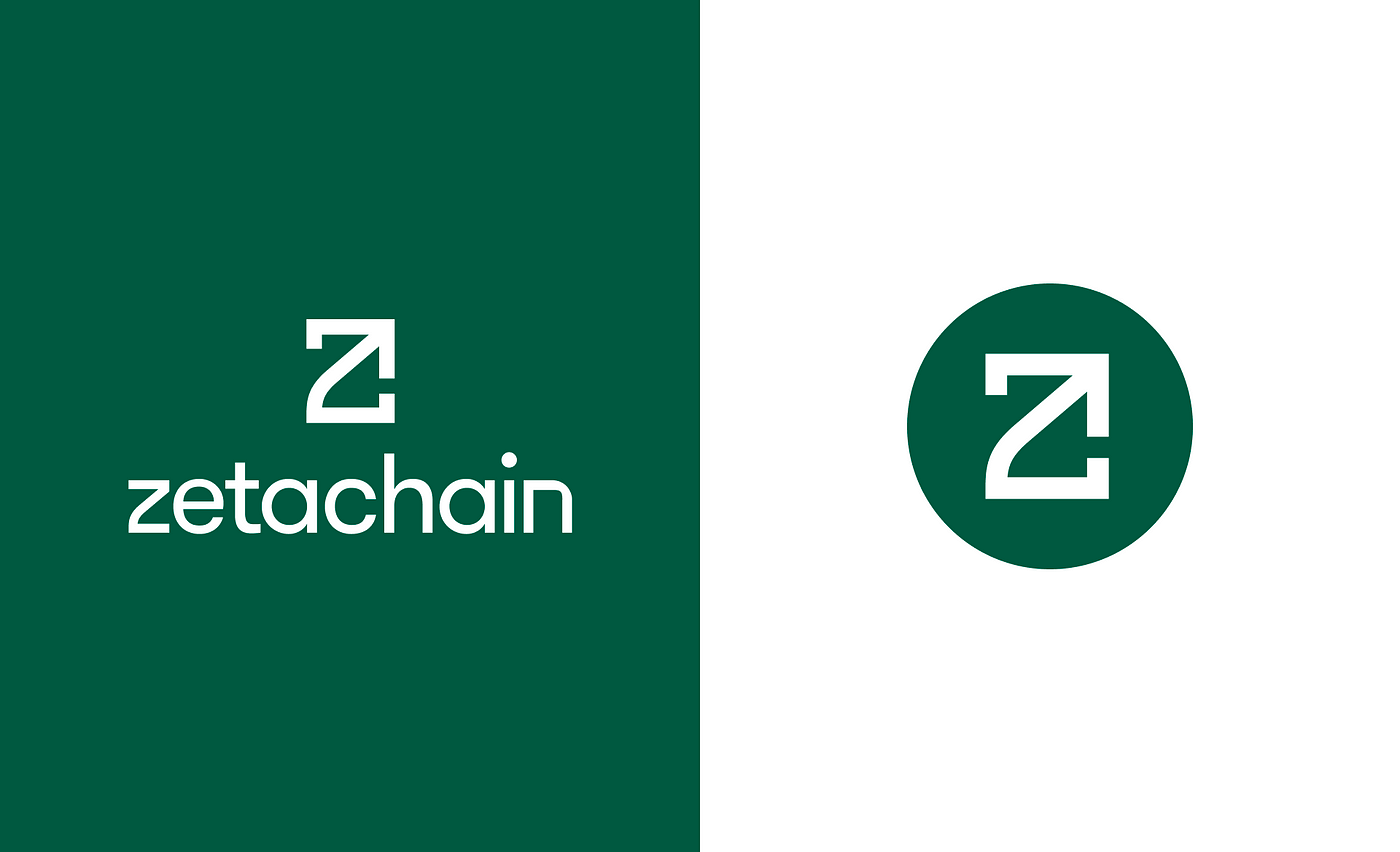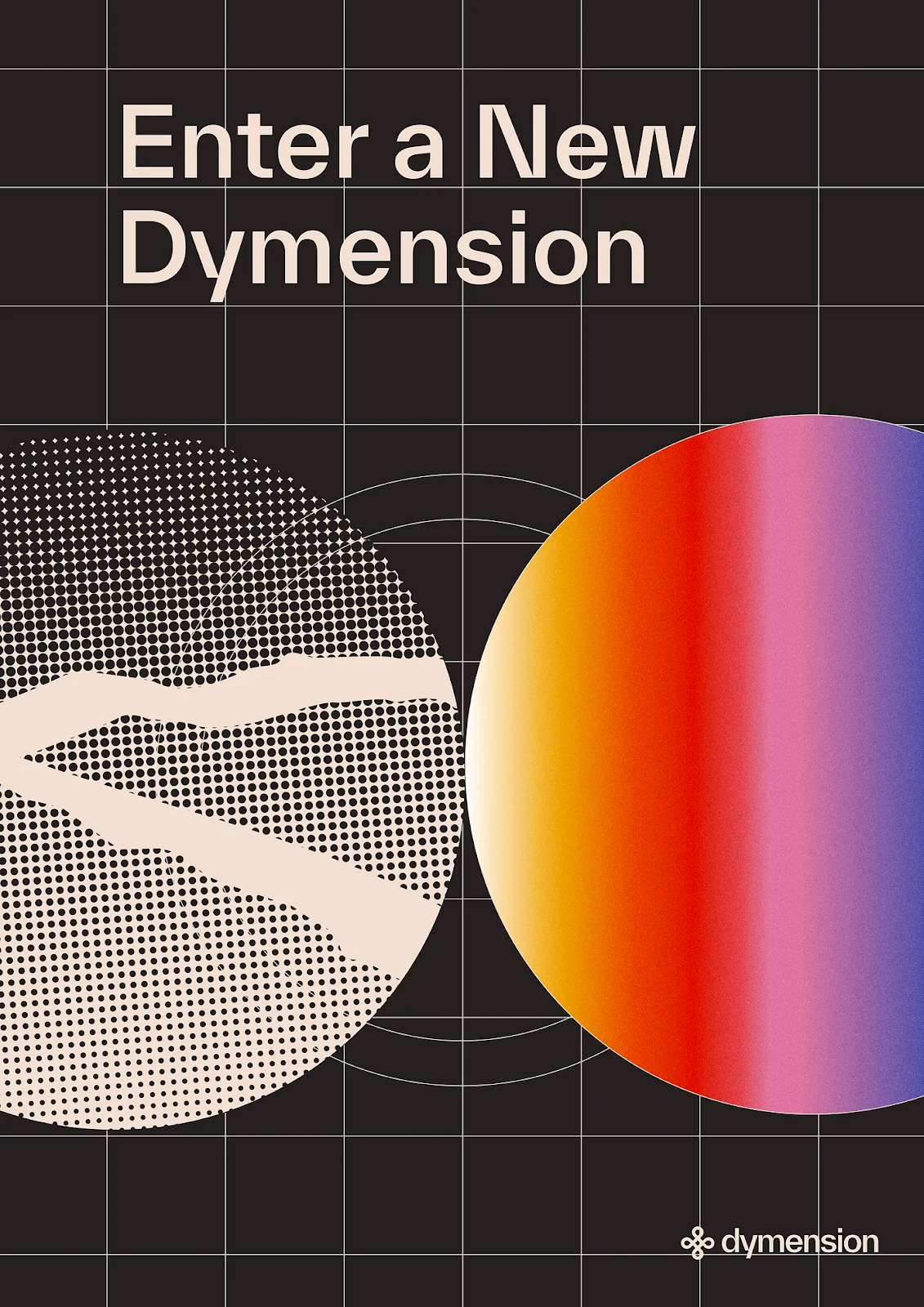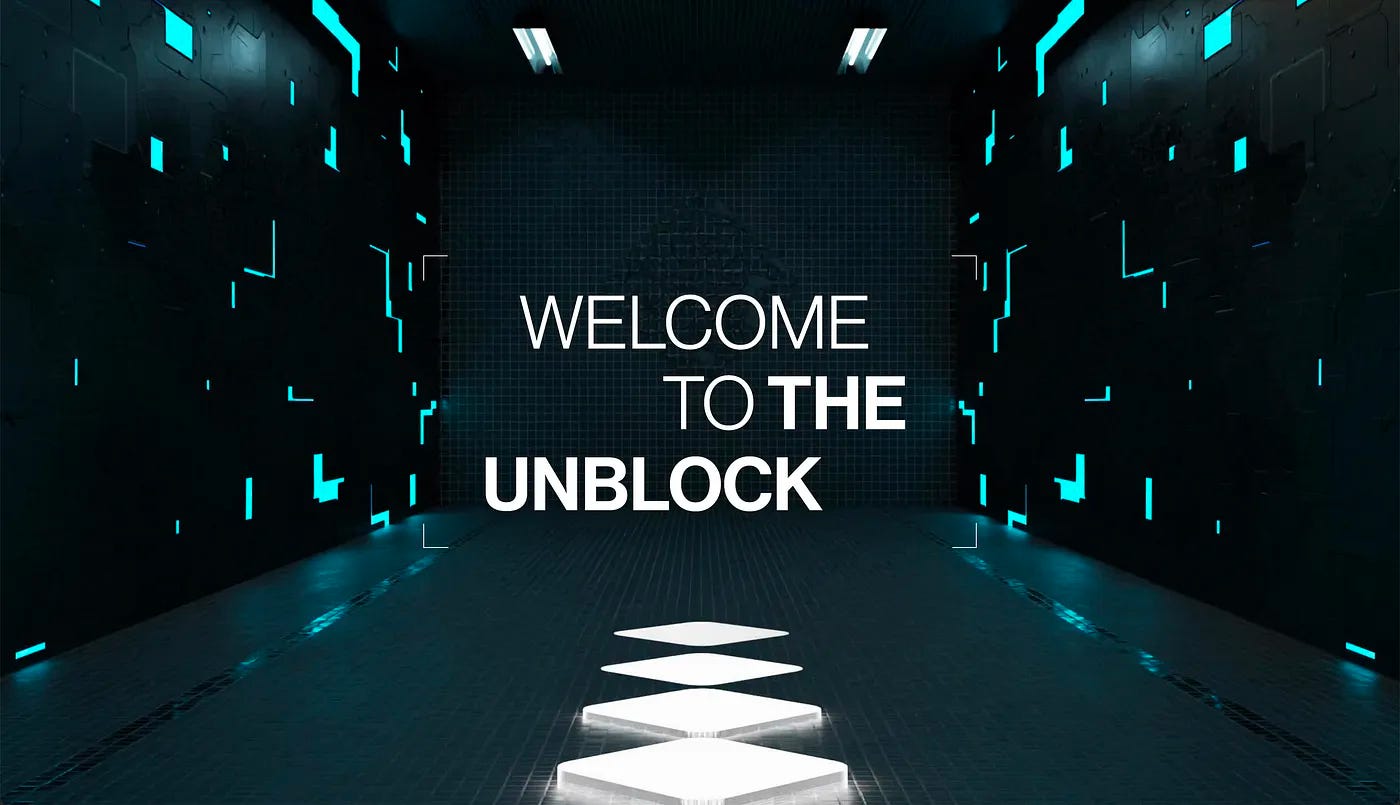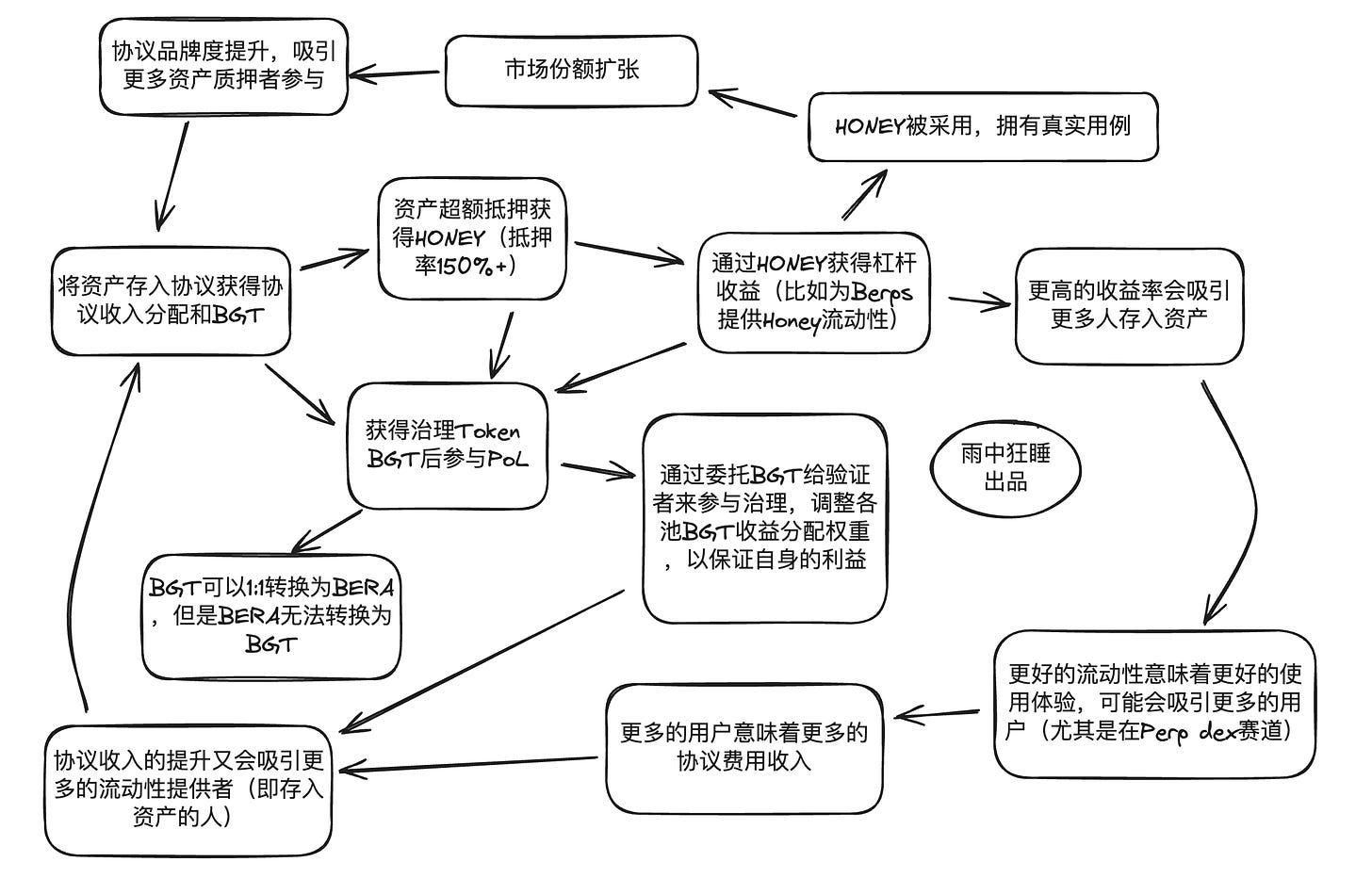探索Cosmos生态:未发币的潜力协议一览
Original author: Sleeping in the Rain

During this period, apart from $ATOM, other chains in the Cosmos ecosystem were basically making trouble:
Neutron is recruiting some remnants of the Luna era to develop the AEZ (ATOM Economic Zone) ecosystem. The Launchpad Eclipse on it is also worthy of attention.
The main lines of Osmosis are LSD, suppressing inflation and merging with Umee (now UX).
Although Injectives ecology is weak, its main force is strong and its currency price performance is very good.
Kujira performs equally well. Kujira’s staking income is not inflation, but real income.
Thorchain is following the cross-chain narrative of native BTC, and there are two projects with the same concept called Maya Protocol and ChainFlip.
Stride is LSD on Cosmos, with a market share of over 90%.
Sei has now embarked on the parallel EVM narrative, and has been sought after by many markets some time ago.
Kava stops inflation in the new coin generation.
The reason for Axelar’s initial surge was the Upbit List. Now it is reducing token inflation through governance proposals and is expected to be affected by the launch of tokens by Wormhole and LayerZero in the future.
Canto chose to leave Cosmos and embrace the Polygon ecosystem. Its main narrative is RWA and full-chain stablecoins. Therefore, it will also be affected by the launch of LayerZero tokens.
In addition, the market has been speculating on some LRT concepts recently, so the LRT $PICA on Cosmos (recently expanding to Solana) has also received widespread attention, and the price has performed well.
Today’s content is mainly to talk about the protocol for the upcoming token launch in the Cosmos ecosystem. Let’s dive in together.
ZetaChain
ZetaChain is a Layer 1 with built-in cross-chain interoperability, compatible with EVM, and supports users and developers to implement full-chain, universal smart contracts and message passing between any chains (including non-smart contract chains such as BTC and Doge).

Developers can use the toolset to build full-chain DApps based on ZetaChain from a single point.
Currently, more than 150 DApps have joined the ZetaChain ecosystem, and the number of testnet users has exceeded 3 million. For details, click this link:https://www.zetachain.com/ecosystem
The reasons to pay attention to ZetaChain are:
LayerZero is about to release Token, and full-chain narrative is about to emerge (and Wormhole is also about to issue tokens);
ZetaChain supports the BTC chain, which coincides with the native BTC narrative. In the future, DApps on ZetaChain may all have the ability to support native BTC assets (Sushi announced in November 23 that it would cooperate with ZetaChain to provide native BTC support, allowing Sushi users to exchange native BTC between 30 networks).
ZetaChain has officially announced many cooperations during this period, including the SushiSwap mentioned above, as well as Curve, Bounce, etc.
ZetaChains important partner WaaS (Wallet as a Service) provider Magic completed a $52 million financing last year, led by Paypal.
The specific time when ZetaChains mainnet will be launched is currently unclear (but in its 23-year review, the ZetaChain team mentioned that a series of important updates will be released in the next few weeks, which is worth following up).
In addition, the Ultiverse sub-game Meta Merge, led by Binance Labs, has joined the ZetaChain test network for construction. In the future, Ultiverse will also expand its multi-chain interoperability as a metaverse platform through ZetaChain. The progress of cooperation between these two projects is also worthy of attention.
Now, we can also participate in the interaction of ZetaChain test network through OKX Web3 Wallet:
Link:https://www.okx.com/cn/web3/discover/cryptopedia/event/12
Dymension
Dymension is also a member of the modular blockchain family and is a modular settlement layer.
Celestia separates the DA layer and builds it as a modular component to provide DA services for Layer 2. Layer 2 only needs to do the execution work and perform data settlement on Layer 1. The reason why Layer 2 chooses Celestia as the DA layer can essentially be attributed to higher cost performance (which means higher profits).
The launch of Dymension is to solve the sense of separation between Layer 2 people. Previously, Layer 2 was deployed with customization, using different multi-signature bridging methods and different security assumptions. Dymension will unify Layer 2 through IBC, develop standardized processes, and ultimately realize the vision of RollApps building a Web3 Internet.
To put it simply, what Dymension does is to use the IBC protocol to unify Layer 2 standards and integrate liquidity, use Dymension Hub to protect the liquidity in the network, and use it at the DA layer (such as Celestia, Near, the DA layer can be selected independently by RollApps). Publish its transaction data.
The interesting thing about Dymension is that it is built around RollApps (a new encryption primitive), and developers who build on it only need to polish the product and provide better user services.

In addition, let me mention two more projects on the same track:
Eclipse is a competitor to Dymension;
Fuel is a modular execution layer.
Saga
If you want to understand Saga simply, you can also understand it as part of the modular ecosystem. Sagas main service form is to help other developers build dedicated chains. These developers can make product design choices based on their own needs.
The Saga team believes that the current competition among Web3 applications is essentially a competition for block space. Therefore, Sagas vision is to enable developers to build their dedicated Web3 application chains in the easiest way possible.
That is, send a link with one click.
Saga once again lowers the threshold based on Cosmos.
Through Saga, developers can start an EVM chain of their own within 10 minutes. Saga calls it The Unblock movement.

Sagas tendency is to create an interoperable game (metaverse) ecosystem.
From my personal point of view, this tendency fits well with the services provided by Saga. Based on Saga, game developers can focus on game design and have higher flexibility and interoperability.
BeraChain
BeraChain is a Cosmos Layer 1 based on EVM and adopts PoL (Proof of Liquidity) consensus mechanism. Now that BeraChain has been launched on the public test network Artio, both developers and users can participate in Galxes interactive tasks by receiving water from the faucet.
In its design, it adopts a three-token model:
$BERA: Gas Token, 10% inflation;
$BGT: Governance Token, but it is not transferable and can only be obtained by pledging assets;
$HONEY: Over-collateralized stable currency, protocol income distribution medium.
After the BeraChain mainnet goes online, users are allowed to pledge assets such as wBTC, wETH, wstETH, USDC, USDT, and DAI, and obtain income distribution and BERA from DeFi activities. The pledge income distribution weight of various assets will be completed by BGT governance in the future. In the future, there is a high probability that the BeraChain ecosystem will also see liquidity staking and aggregated governance products similar to Stride and Convex.
As for the airdrop details, the official has not announced them yet. My personal guess is that in addition to NFT Holder, BeraChain may also airdrop to TIA Staker.
From my perspective, Berachain builds a flywheel:

When initially launched, Berachains model was very similar to Cantos, using token inflation to drive up TVL. However, as the number of users increases and fee income increases, Berachain will take a different path from Canto. Moreover, Berachains built-in governance game and stable currency will further promote the market demand for its Gas Token BERA.



